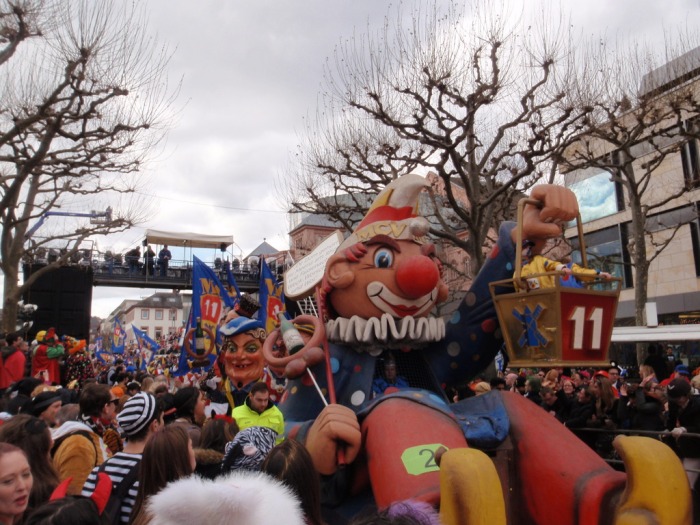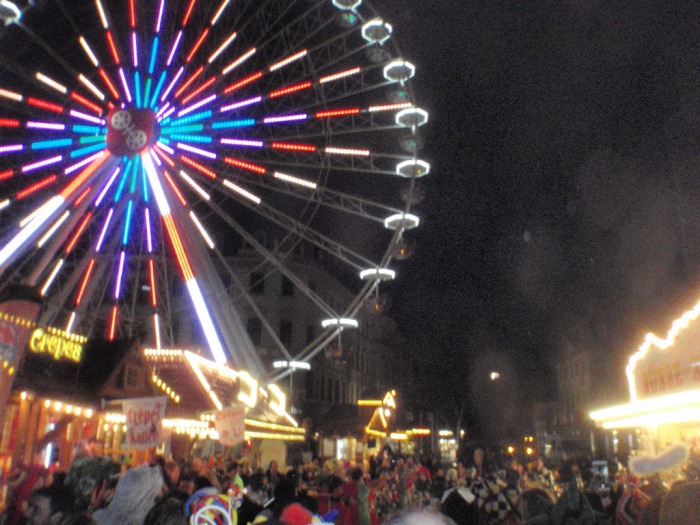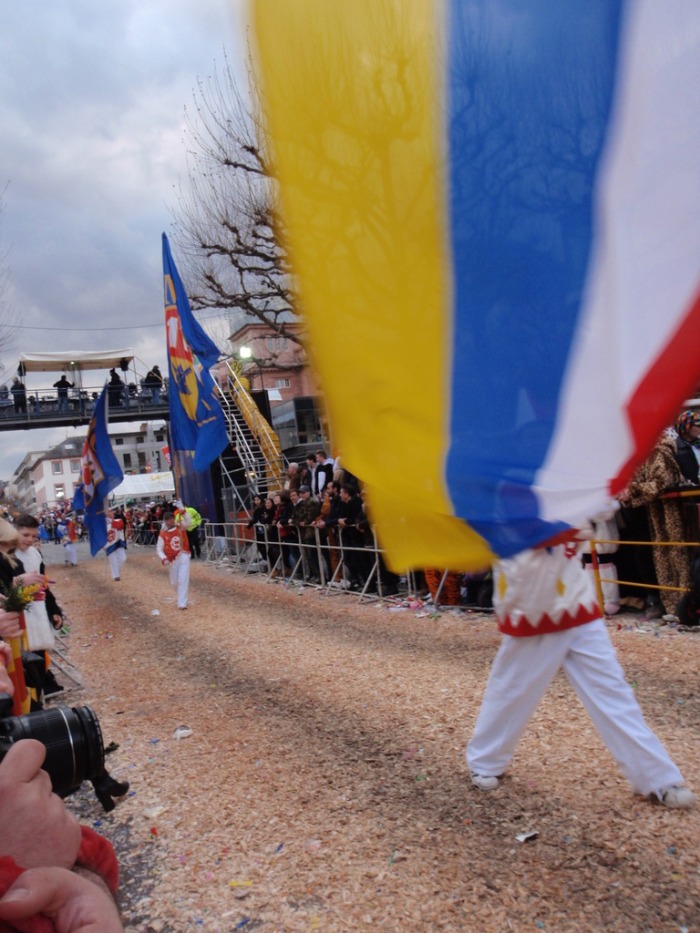Tales from Morocco Part 2 of 2

It was in the markets of Marrakech that I learned to haggle. I had read up on this beforehand because I knew from some of my former English students from Morocco and the Middle East that this is a big part of the culture. And, indeed, it is a dance that is expected by the salespeople, a give and take that always ends in a sale.
I tried honing my technique a little more each time. When the vendors told me a price, I asked for half or less. Then they would make a counter offer somewhere in the middle or ask for a “Serious price! Serious price!” Often, they showed similar less expensive items to compare the quality. With each sale, I got more persistent with sticking to my price or very close to it. (To be honest, nothing I bought was priced more than about $25 to start anyway, but the equivalent 250 dirhams seemed like a lot to work with!) When the vendors upped the price or stuck to a higher offer, I politely said “No thanks” and put the item back to leave (often repeating this several times as other offers were immediately made). This always eventually resulted in them accepting the final price I had offered. In the end, they just wanted to make the sale, had undoubtedly marked up the price tremendously to start anyway, and the negotiating was just a means to an end.
My first purchase was an old lamp, like Aladdin’s genie-inhabited trinket, from a small corner antique shop in the souks that sold an assortment of odds and ends. A skinny alley cat snoozed on one of the rough wooden shelves among second or third hand teapots, paintings, and bric-a-brac while I made a deal with the old shop owner.

After this, I sometimes listened to the vendors that called out to every passerby, inviting us to look over their wares. Sometimes I bought an item if it captured my interest, sometimes not. But each time it was worth it to experience the seller explaining the detail of the craftsmanship, demonstrating the features or the purpose of the goods, and showing off the variety of items for sale.

At one such store, James and I were led in with six thousand welcomes by one of the so-called Blue Men, a member of the nomadic Tuareg tribe that travel through the Sahara across North Africa dressed in indigo robes. He untied handkerchiefs filled with jewelry and elaborate compasses and explained each one in detail, weaving in stories illustrated by a stack of old photographs from his travels across the desert.
“We’re all friends, all brothers! We share everything but the toothbrush and the woman!
“There are no borders!” he added. And he should know, having passed through the invisible political boundaries of many lands which are now closed.
When we had finally agreed on a purchase, he invited us to have tea with him and his co-shop owner. We waited around, chatting with him and a few other customers who came in, while the tea was made and fetched from somewhere in the area. He told us that his people don’t drink mint tea like most Moroccans because there is obviously no mint in the desert. They drink a very sweet saffron tea, and so we enjoyed this with him, sitting on wooden stools with woven seats practically touching the ground in the back of his tiny shop.
Another merchant talked to us about the value of artisanry to Moroccans.
“It’s noble work. Work with hands. Make, sell, eat,” he said, animatedly gesturing all three actions. “It’s honest, respectable work. It’s in our culture. It’s in our religion.”
At one point, we unexpectedly found ourselves in a carpet shop, one of the most well-known sources of Moroccan craftsmanship. We had asked a young vendor to point us in the direction of a landmark, and he insisted on leading us there with an unannounced detour to where his mother weaves carpets.
“My mother Berber. Small woman.” He gestured a low height, then waved his arm around at the carpets surrounding us and introduced us to the shop owner. Fortunately both gentlemen were kind enough to encourage us to take some pictures and didn’t pressure us into looking around. A carpet sale is like closing on a house, so I imagine we would have been there all afternoon if we had showed any interest.

…
On our last evening, we had the fascinating pleasure of learning about the Berber way of life. These people live in small communities around the Atlas Mountains and throughout North Africa, and have their own distinct language and culture.



The only organized part of our trip we had arranged was a camel ride in the Palm Grove, an isolated area of scrub grass-dotted sand on the outskirts of Marrakech city. Dressed up in blue robes and turbans, we trekked half an hour or so atop saddled dromedaries to the stone hut of a Berber family. Several woman sat outside in the dust doing handicrafts and talking while a small band of children ran and played. We had passed a few men on our way through the Palm Grove, shepherds who were herding sheep.

The oldest woman invited us in, a friendly smile creasing her weathered face, to take a peek into their home before welcoming us into the living room for tea. It was an incredible glimpse into a simple, salt of the earth type of life. Each room was sparsely and eclectically furnished, with the living room featuring long cushions on the floor around three of the four walls for ample seating. In the traditional fashion, the woman poured the first glass of mint tea back into the teapot before serving us, and ripped a large round loaf of bread into pieces to dole out. Like a kindly grandmother, she encouraged us to eat more olives, more peppers, more bread, more tea – all with friendly gestures and Berber or Arabic or French, as she spoke no English. Her meaning was clear: We were her guests.


By the time we were ready to set out for the ride back, the sun was beginning to set. Pink and gold tinged the sandy horizon beyond the palm trees as the fifth and last haunting call to prayer of the day sounded from off in the distance.
Bsaha (cheers), Marrakech!





































































































































































































